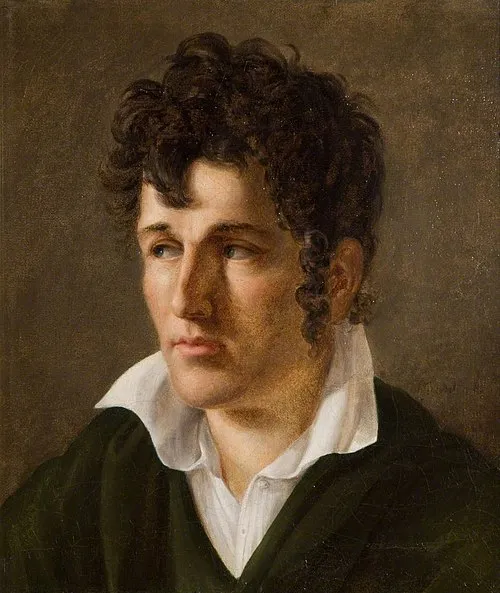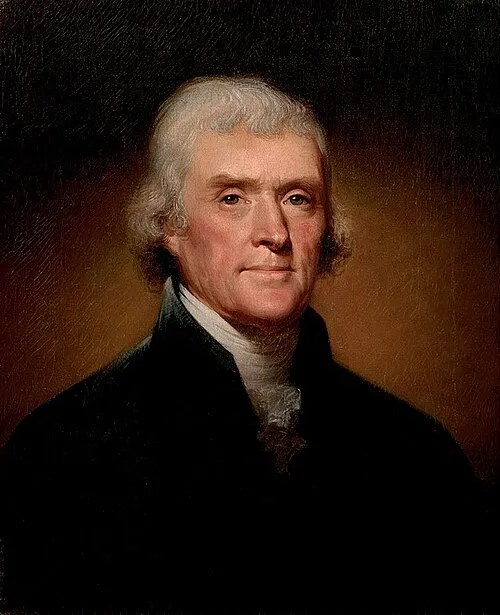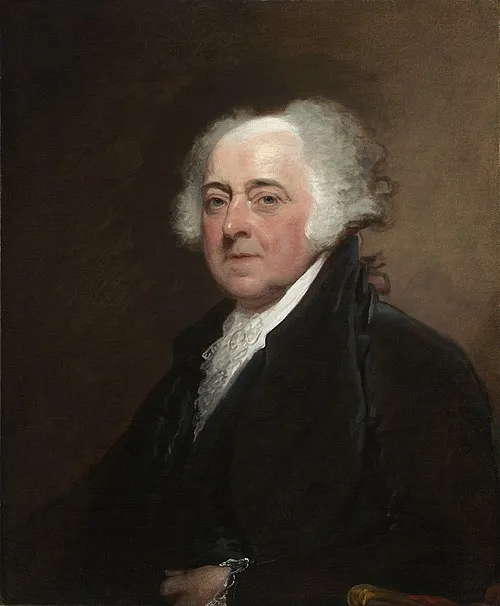
Name: Giovanni Schiaparelli
Nationality: Italian
Profession: Astronomer and historian
Birth Year: 1835
Death Year: 1910
1910 – Giovanni Schiaparelli, Italian astronomer and historian (b. 1835)
As the clock struck midnight on January 4, 1910, the world bid farewell to a remarkable figure in the realm of astronomy and exploration the illustrious Giovanni Schiaparelli. His journey began in 1835, nestled in the heart of Italy, where his fascination with the cosmos was ignited by the stars twinkling above. Perhaps it was this childhood wonder that propelled him into a life dedicated to understanding the vast universe.
Giovanni's early years were marked by an insatiable curiosity; he often gazed up at the night sky, pondering its mysteries. However, it wasn’t until he enrolled at the University of Turin that his passion transformed into a serious pursuit. Underneath academia’s stern exterior lay fertile ground for his burgeoning intellect. It was here that he honed his observational skills and deepened his knowledge about celestial bodies a leap toward what would soon become an illustrious career.
By 1862, Schiaparelli had taken a giant leap forward; equipped with cutting-edge telescopes and unfaltering determination, he began to map Mars meticulously. Ironically, as others dismissed these distant worlds as mere points of light, Giovanni saw them as realms teeming with potential discoveries waiting to be unearthed. In a series of groundbreaking observations between 1877 and 1888 spanning nearly a decade he revealed what he believed were 'canali' on Mars.
This term sparked fervent discussions around Europe! Many speculated these channels might indicate intelligent life forms on Mars what excitement this notion conjured! Historians recount how scientists worldwide debated and dissected Schiaparelli's findings for decades afterward; it ignited imaginations and laid foundations for future explorations beyond our home planet.
However, while some perceived 'canali' as signs of alien civilizations engaging in grand interplanetary architecture arguably one of history’s greatest misinterpretations Schiaparelli maintained they were merely natural formations shaped by erosional processes over eons. Despite this clarification from their originator himself, public enthusiasm remained undeterred; pop culture embraced Martian mythology enthusiastically!
In addition to his astronomical pursuits, Schiaparelli dabbled in historical studies regarding ancient cultures his passion extended far beyond celestial mapping! He penned several notable works that bridged astronomy with history seamlessly; perhaps most impressively was “The History of Astronomy,” wherein he explored humanity's quest for cosmic knowledge through ages long past.
The twilight years leading up to 1910 were anything but tranquil; amidst advancements in telescope technology during this period came fierce competition from fellow astronomers eager to stake their claim on new discoveries! As images captured by powerful instruments flooded scientific journals globally the narrative shifted toward precision rather than imagination.
This evolution might have left someone like Giovanni feeling displaced among younger peers racing toward technological innovations but historians emphasize how even then he maintained respectability within scholarly circles due largely to unwavering integrity surrounding methodology!
Early Life and Education
Schiaparelli showed a passion for astronomy from a young age. He pursued his studies at the University of Turin, where he earned his degree in 1854. His early career was marked by a series of positions that allowed him to refine his skills as an observer and researcher. Schiaparelli’s tenure as a director at the Brera Astronomical Observatory in Milan allowed him to dedicate himself to more extensive studies of Mars and other celestial bodies.
Key Contributions to Astronomy
One of Schiaparelli’s most pivotal contributions was his detailed mapping of Mars. In the 1870s, he utilized the newly developed telescope technology, which enabled him to observe Martian features more clearly than ever before. In 1877, he published his famous maps of Mars, which included a variety of features he named, some of which are still used in scientific discourse today. Schiaparelli referred to the dark markings he observed as "canali," which translates to "channels" in Italian. This terminology led to a considerable misunderstanding, as many would later interpret "canali" as artificial canals, fueling speculation about extraterrestrial life on Mars.
Legacy and Recognition
Schiaparelli's work created a stir not only in the scientific community but also in the broader public, capturing the imagination of many. His assertions about Mars influenced later astronomers, including Percival Lowell, who famously expanded on the idea of Martian canals, ultimately leading to the popular culture notions of Martian life.
In addition to his celestial studies, Schiaparelli was an accomplished historian and held several academic positions throughout his life. He authored numerous papers, and his observations contributed to a wider understanding of both our solar system and the methods of astronomical observation and study.
A Legacy Marked by Irony
On that fateful day when Schiaparelli passed away a man revered for unveiling secrets surrounding our solar neighbors it seemed poetic justice prevailed: Although many fans romanticized Martian life through fantastical lenses which veered from scientific rationale... who could blame them? The allure remained irresistible! Thus continues human fascination with potential extraterrestrial encounters today driving space programs around the globe fueled by dreams forged generations ago!
The Resurgence of Interest
"It wasn’t under the neon lights of modern observatories but rather rooted deep within our collective psyche where legacies like Schiaparelli thrive..."
The Modern Connection
- Mars Missions: Fast-forward over a century later we stand at precipices once envisioned only through telescopic lenses cradled by hands well-versed in stardust tales!
- Public Imagination: Today’s fascination reflects those very dreams birthed amidst early imaginings... subsequent missions continue hunting elusive life forms across red dunes!










